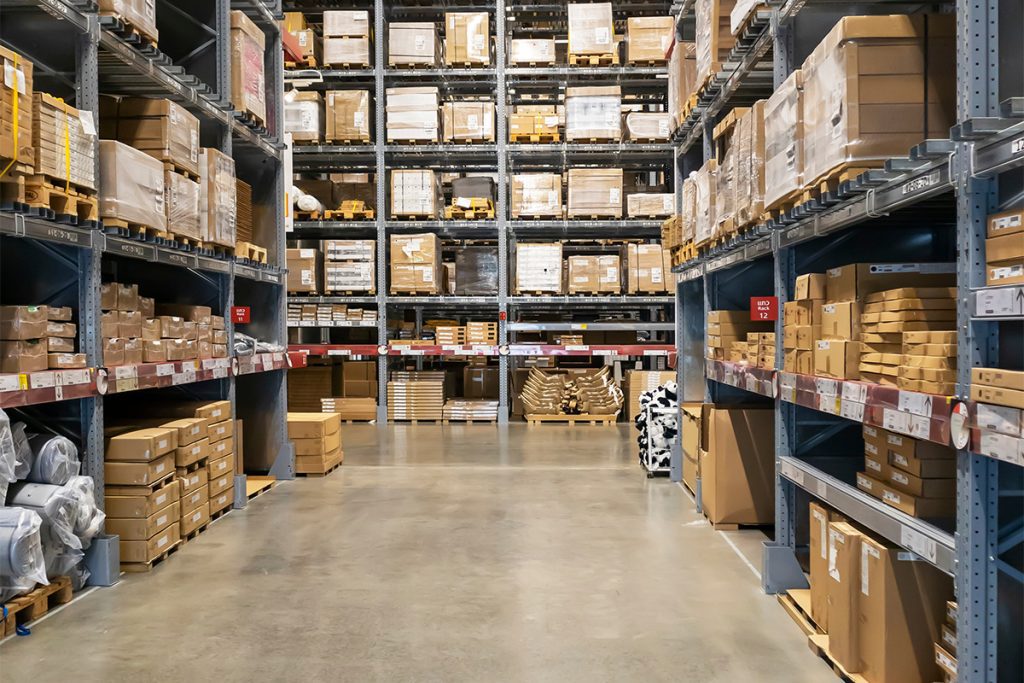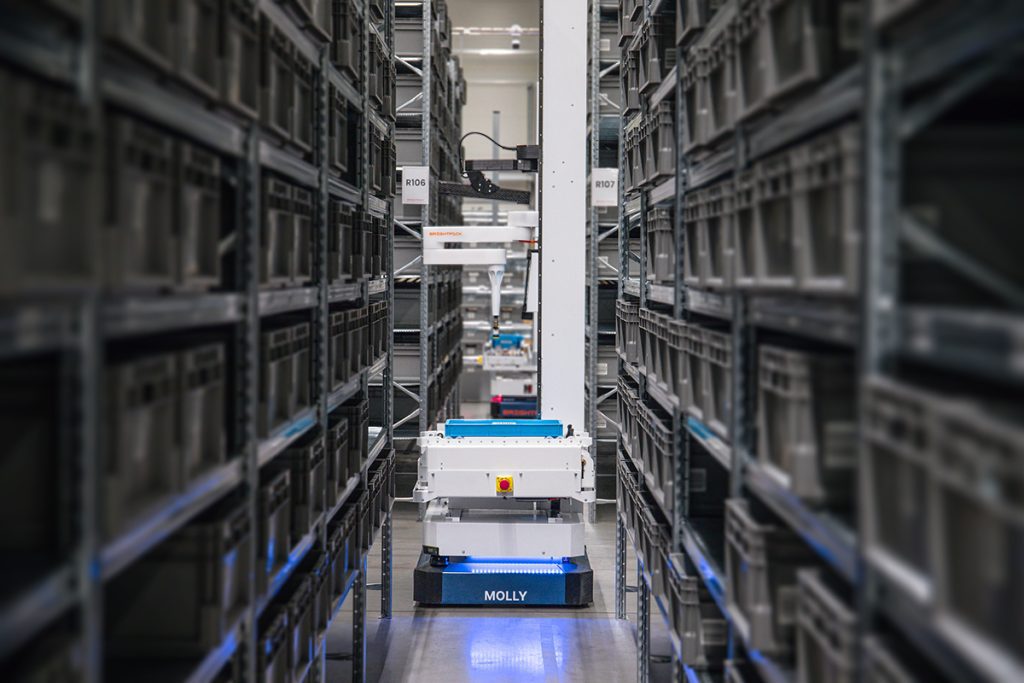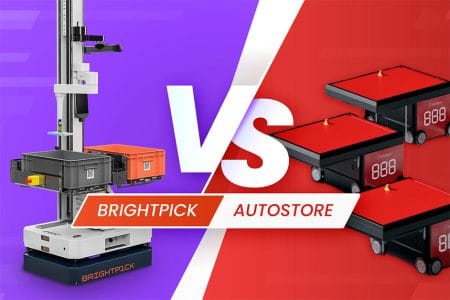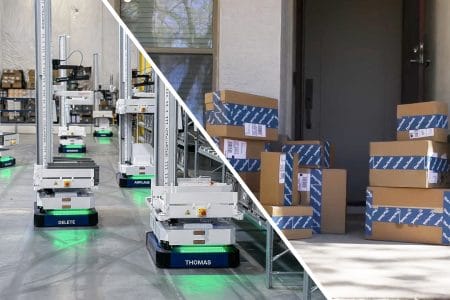Understanding total cost of ownership for warehouse automation
Automation can provide a massive boost to your operation – or it can become a huge money pit if not understood properly. The upfront price tag is only one part of the story. The real cost of automation includes everything from software integration to maintenance, training, and ongoing support. By understanding Total Cost of Ownership (TCO), you avoid getting caught off guard by hidden expenses and gain a holistic view of your automation ROI.
Here are the key factors that make up the TCO of automation:
- Solution costs: the sticker price
- Hardware: Robots, conveyor systems, shelving and any supporting infrastructure
- Software: Warehouse control or execution systems (WCS / WES) which control the automation
💡 Pro tip: Choosing automation solutions that scale easily allows you to align investment with actual demand, which reduces upfront costs and eliminates the need to build excess capacity based on uncertain future projections.
- Installation and implementation: laying the groundwork for success
- Floor flatness: Many automated systems require precise floor specifications to operate.
- Power: Electrical power and data lines needed for the automation.
- Fire safety and sprinkler systems: Exact requirements depend on your insurance provider and local fire authority.
- Safety fencing and protective measures: Compliance with local regulations and industry standards to protect both employees and equipment.
💡 Pro tip: Look for solutions that run on standard 110V power and use shelving under 12 feet to avoid costly electrical and fire safety upgrades.


- Integration and software customization: ensuring smooth operations
- WMS integration: Internal resources or external consultants needed to integrate the automation software with your WMS or ERP.
- Custom code and interfaces: Some solutions may require the development of specialized connectors or custom coding to meet your operating requirements.
- Maintenance and licensing: Ongoing software updates, support, and licensing fees.
💡 Pro tip: Diligence your automation vendor’s software and look for those that have easy API integration. Poorly designed software can cause costly delays, require third-party developers, or even force businesses into expensive rip-and-replace scenarios.
- Maintenance and support: providing reliability and uptime
- Recurring maintenance: Scheduled servicing, inspections, and cleaning to keep the systems running smoothly.
- Spare parts inventory: Stocking critical components to reduce downtime and ensure quick repairs.
- Service Level Agreements (SLAs): Contracts that guarantee specific response times and repair commitments from the vendor.
- On-site support: Dedicated technicians or third party support.
💡 Pro tip: Ensure the system you choose has no single point of failure, preventing operational disruptions if something goes wrong. Just one day of downtime in a high-volume operation can cost tens of thousands in lost orders and eroded customer trust.


- Training and change management: maximizing performance
- Employee training: Equipping teams with the skills to operate and maintain the automation effectively.
- Ongoing skill development: Keeping pace with system updates and new features to maintain efficiency.
💡 Pro tip: Choose automation with intuitive workflows and user-friendly interfaces. The faster your team can get up to speed, the lower your training costs and the smoother your operational transition. Solutions that mimic familiar picking processes or use visual cues (like touchscreens or light indicators) help reduce errors and boost adoption.
- Hidden and indirect costs: avoiding unexpected surprises
- Productivity loss during ramp-up: Temporary slowdowns as teams learn and adjust to new processes.
- Disruption risk: Potential revenue loss if implementation takes longer or disrupts day-to-day operations.
- Technology obsolescence: Ensuring systems can be scaled and upgraded as technology improves.
💡 Pro tip: Choose scalable automation that grows with your business and keeps pace with innovation. Robotics-as-a-service (RaaS) lets you tap into the latest technology without locking up capital, reducing risk while staying future-proof.
Bottom line
TCO emphasizes the full lifetime cost of automation, not just the initial sticker price. As you plan your next automation investment, ask yourself: have you considered every cost in this guide? Taking a full-lifecycle view helps you avoid unpleasant surprises down the road, from scalability bottlenecks to mounting support fees. Aligning your automation strategy with long-term goals sets your operation up for sustained success and profitability.
How Brightpick minimizes TCO
Brightpick is designed with easy installation, maintenance, and scalability in mind. Our solution does not typically require strict floor flatness, costly safety fencing, or sprinkler system upgrades. The robots can operate in most existing warehouses with minimal modification. As a mobile robot solution, it has no single point of failure and eliminates the need for conveyors. These factors ensure that we minimize not just the upfront costs but also the overall TCO throughout your automation journey.
Ready to embrace the future of AI? Brightpick offers an easy path to fully automate your order fulfillment using AI robots. Reach out to learn how we can optimize your operations.
Get started with Brightpick

